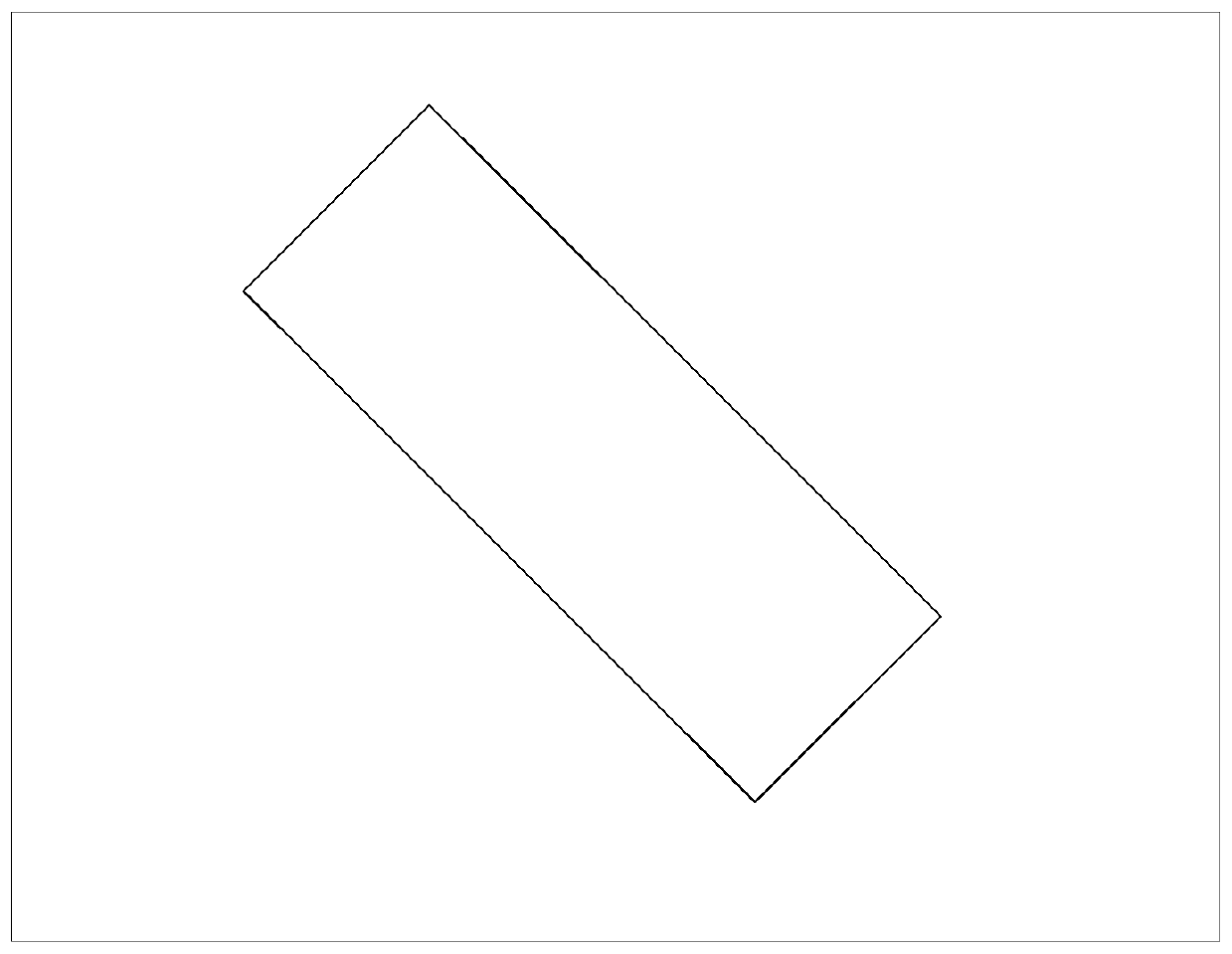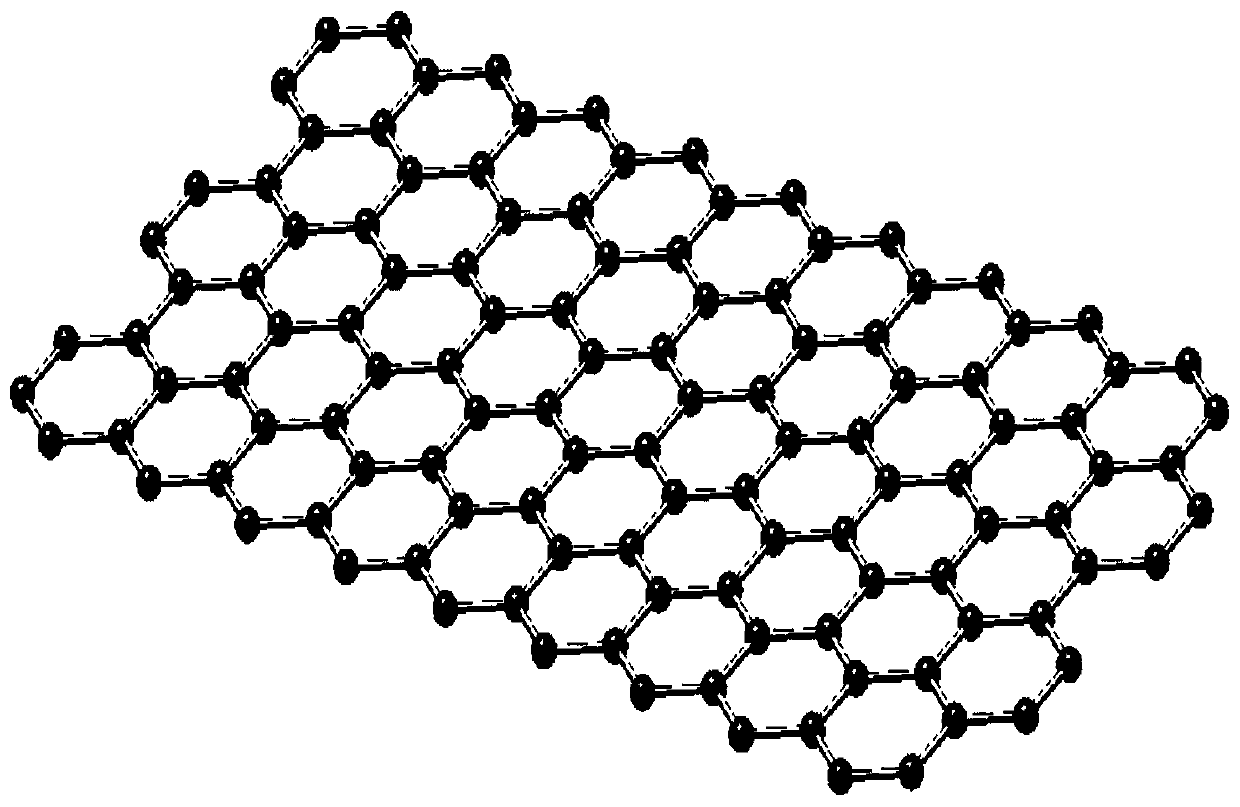Method for fabricating flexible solar cell front electrode by graphene conductive film
A flexible solar cell and graphene film technology, applied in the direction of circuits, photovoltaic power generation, electrical components, etc., can solve the problems of increasing the effective light-receiving area of solar cells, inaccessibility, and limited mechanical strength, so as to achieve suitable flexible production and application, increased power output, and the effect of excellent mechanical properties
- Summary
- Abstract
- Description
- Claims
- Application Information
AI Technical Summary
Problems solved by technology
Method used
Image
Examples
Example Embodiment
[0045] Example 1:
[0046] An implementation form of a method for preparing a front electrode of a flexible solar cell by using a graphene conductive film, including the following steps:
[0047] Step 1: Choose a PEN film substrate with a length of 300mm, a width of 60mm, and a thickness of 0.3-0.6mm (such as figure 1 Shown) ready for use; the used PEN film substrate has 1, good chemical stability, PEN is stable to organic solutions and chemicals, and has better acid and alkali resistance than PET; 2, good heat resistance, due to the naphthalene ring Improved the aromaticity of macromolecules, so that PEN has better thermal properties than PET. After PEN is placed in humid air at 130 degrees for 500 hours, the elongation only decreases by 10%, and after placing it in dry air at 180 degrees for 10 hours , The elongation can still maintain 50%; 3. Good resistance to ultraviolet radiation, due to the strong ultraviolet light absorption capacity of naphthalene's bicyclic structure, PEN...
Example Embodiment
[0058] Example 2:
[0059] An implementation form of a method for preparing a front electrode of a flexible solar cell by using a graphene conductive film, including the following steps:
[0060] Step 1: Choose a PEN film substrate with a length of 300mm, a width of 60mm, and a thickness of 0.3-0.6mm (such as figure 1 Shown) ready for use; the used PEN film substrate has 1, good chemical stability, PEN is stable to organic solutions and chemicals, and has better acid and alkali resistance than PET; 2, good heat resistance, due to the naphthalene ring Improved the aromaticity of macromolecules, so that PEN has better thermal properties than PET. After PEN is placed in humid air at 130 degrees for 500 hours, the elongation only decreases by 10%, and after placing it in dry air at 180 degrees for 10 hours , The elongation can still maintain 50%; 3. Good resistance to ultraviolet radiation, due to the strong ultraviolet light absorption capacity of naphthalene's bicyclic structure, PEN...
Example Embodiment
[0071] Example 3:
[0072] An implementation form of a method for preparing a front electrode of a flexible solar cell by using a graphene conductive film, including the following steps:
[0073] Step 1: Choose a PEN film substrate with a length of 300mm, a width of 60mm, and a thickness of 0.3-0.6mm (such as figure 1 Shown) ready for use; the used PEN film substrate has 1, good chemical stability, PEN is stable to organic solutions and chemicals, and has better acid and alkali resistance than PET; 2, good heat resistance, due to the naphthalene ring Improved the aromaticity of macromolecules, so that PEN has better thermal properties than PET. After PEN is placed in humid air at 130 degrees for 500 hours, the elongation only decreases by 10%, and after placing it in dry air at 180 degrees for 10 hours , The elongation can still maintain 50%; 3. Good resistance to ultraviolet radiation, due to the strong ultraviolet light absorption capacity of naphthalene's bicyclic structure, PEN...
PUM
| Property | Measurement | Unit |
|---|---|---|
| Thickness | aaaaa | aaaaa |
| Resistivity | aaaaa | aaaaa |
| Tensile strength | aaaaa | aaaaa |
Abstract
Description
Claims
Application Information
 Login to view more
Login to view more - R&D Engineer
- R&D Manager
- IP Professional
- Industry Leading Data Capabilities
- Powerful AI technology
- Patent DNA Extraction
Browse by: Latest US Patents, China's latest patents, Technical Efficacy Thesaurus, Application Domain, Technology Topic.
© 2024 PatSnap. All rights reserved.Legal|Privacy policy|Modern Slavery Act Transparency Statement|Sitemap



